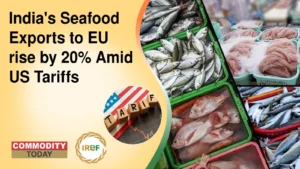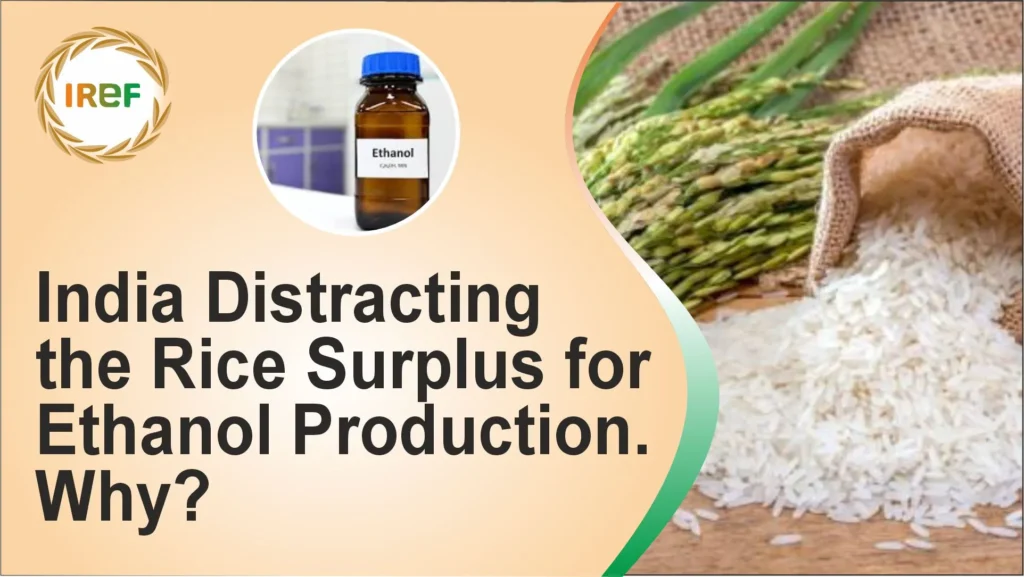India imports over 85% of its crude oil. To reduce this reliance, the country is conducting ethanol blending i.e mixing ethanol into petrol to reduce oil consumption. 20% blending goal has been set up till 2025, and we are at 18.8%. Particularly, ethanol came from Sugarcane, but Erratic rainfall and droughts in states like Maharashtra and Karnataka meant mills couldn’t meet ethanol quotas in the last couple of years. In its aftermath, the availability of rice surplus has led to discard tonnes of it for ethanol production. Currently, the govt. is distracting over 5 million metric tonnes of rice from its reserve to make ethanol.
However, the Institute for Energy Economics and Financial Analysis (IEEFA), may not considered this an ideal option. Plus, the ripple effects of food turning fuel cannot be neglected. In 2022, rice prices soared leading the government to pause the ethanol plan but full stocks again resulted to resume the distraction.
Certainly, Rice and sugarcane can be used to produce ethanol but sugarcane is already sugar-rich and easier to ferment. No doubt, Rice needs extra steps to generate ethanol. Basically, it is little expensive.
Furthermore, ethanol’s game isn’t a free-market. The input of FCI rice — is subsidized, and the output of ethanol — is price-guaranteed. Hence, if the numbers don’t add up, someone has to bridge the gap. This is a confusing policy that only works in special cases such as bumper harvests, low global rice prices and stable domestic inflation.
The sole reason behind sticking to rice based ethanol is none other than incentives. Distilleries often make more money from converting rice to ethanol than they would selling it as grain.
Contrary to this, the govt. has also concocted plans to diversify the sources that produce ethanol by using other grains like maize or sorghum as substitute but rice seems to be easier option due to its availability and abundance.
Alternatively, the 2g ethanol production where ethanol generated from crop residue, straw and husk is in trend globally. It is generally followed by other global nations like China using from cassava and agri-waste and US producing it by cobs and other residues by investing in tech, infrastructure, and farmer awareness.
However, India needs a spin indeed by creating a parallel system that includes encouraging ethanol from stubble or spoiled grain. Although, rice is the straight forward advantage for now. Nevertheless, Plucking it for longer time, could harder get it to step back.
Surprisingly, the govt.’s newly launched schemes like the PM-PRANAM to reward states for using less chemical fertiliser and more organic alternatives, can go along well with ethanol crop shifts that could promote more sustainable ethanol extraction. Sugar companies such as Shree Renuka Sugars and Balrampur Chini are taking big risks by employing tech for ethanol production. As ethanol relating cropping patterns evolve, Maize seed players, agri-logistics firms, may remain on beneficial side. Not only this, doubling down on flex fuel vehicles and second generation ethanol production are also in the game.
Undoubtedly, this ethanol industry is severely tied to govt. policy and rains. Another aspect cannot be neglected that signals influence on fuel pump as well as on grocery store if ethanol production navigates farming decisions and pushes up food prices.
Apparently, this is all concerned with the balance, and trade-offs, long-term energy security as well as short-term inflation. Moreover, concerned with smart policy and reactive subsidies.
Read Latest News
- Punjab hybrid paddy buying 2025: Why rice shellers are reversing stance despite previous protests
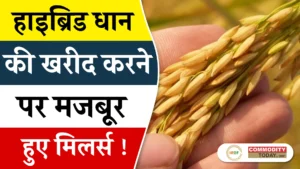
- India cotton output 2025-26 likely to reach 312-335 lakh bales despite area dip
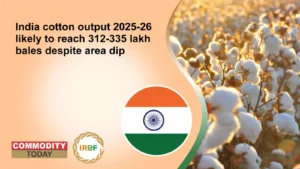
- Reforms by GST Council Trigger ‘Virtuous Cycle’ of Growth
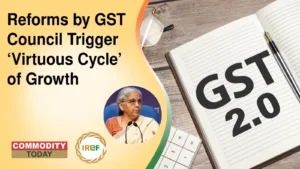
- Stubble Burning Incidents Decline 68% Across North India

- Centre Pushes for Quick Rollout of Schemes to Boost Pulses Production
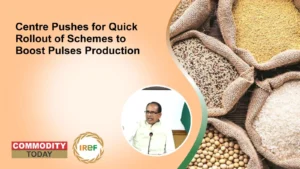
- FM Sitharaman Recommends Rural Banks To Increase The Agriculture Credit
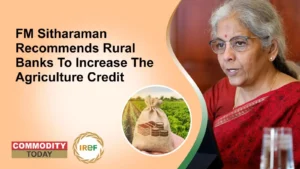
- Trump’s 50% Tariff Hits Exports Of Textiles, Leather Goods, And Gems & Jewellery
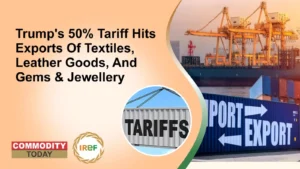
- ICAR & DARE Forge Collaboration to Elevate Bharat International Rice Conference 2025
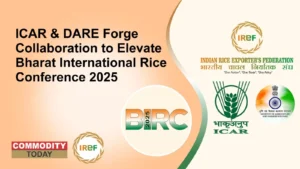
- Ministry of Cooperation collaborates with Indian Rice Exporter’s Federation for BIRC 2025
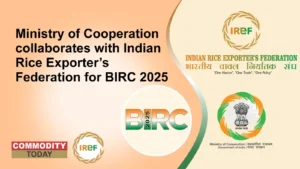
- India’s Seafood Exports to EU rise by 20% Amid US Tariffs
